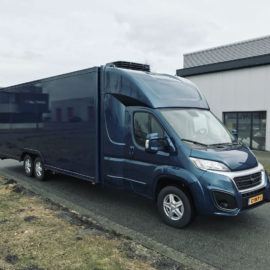
The best image quality; what does a cultural heritage institution need to ask?
 By: Kevin Smidt on 11 July 2019
By: Kevin Smidt on 11 July 2019“Just do Metamorfoze Light” is what we hear often when we ask what kind of quality clients want. How do you decide if the standard is suitable for your digitization goal?
Balance
How do I digitize as much as possible with the available budgets without losing authenticity and readability in the scans? How do you define this in a concrete question?
Set a goal
Most of the time there are two (main) goals when digitizing archive collections: preservation or publication.
Digitization for preservation
When you digitize for preservation you assume that the archive won’t be available for consultation anymore because of autonomous decay. You want to ensure the best quality.
Digitization for publication
If publication is the goal for digitization, the physical archive will still be available for consultation.
Pragmatism
We advise to look pragmatically to quality levels. In most cases, you won’t optically notice a significant difference between both starting points.
Variables and the process
Consistency is an important element. This is mainly decided by the process establishment and the equipment. The quality of the scans is not the only thing that’s important, look at the completeness and the correct orders as well.
Measure Metamorfoze parameters and (re)define bandwidths
You can use the components of the Metamorfoze guidelines to state your image quality. These components can be based on so called ‘target cards’ that can me measured. Metamorfoze has strict bandwidths, but you can choose to ease those when your goal is publication.
Digitization based on Metamorfoze Light quality
When you choose for digitization for preservation, it is perhaps wise to choose the Metamorfoze Light guideline as a starting point. However, specify your definition of Metamorfoze Light quality and state in which ways you want to differ from the programme.



Leave a response